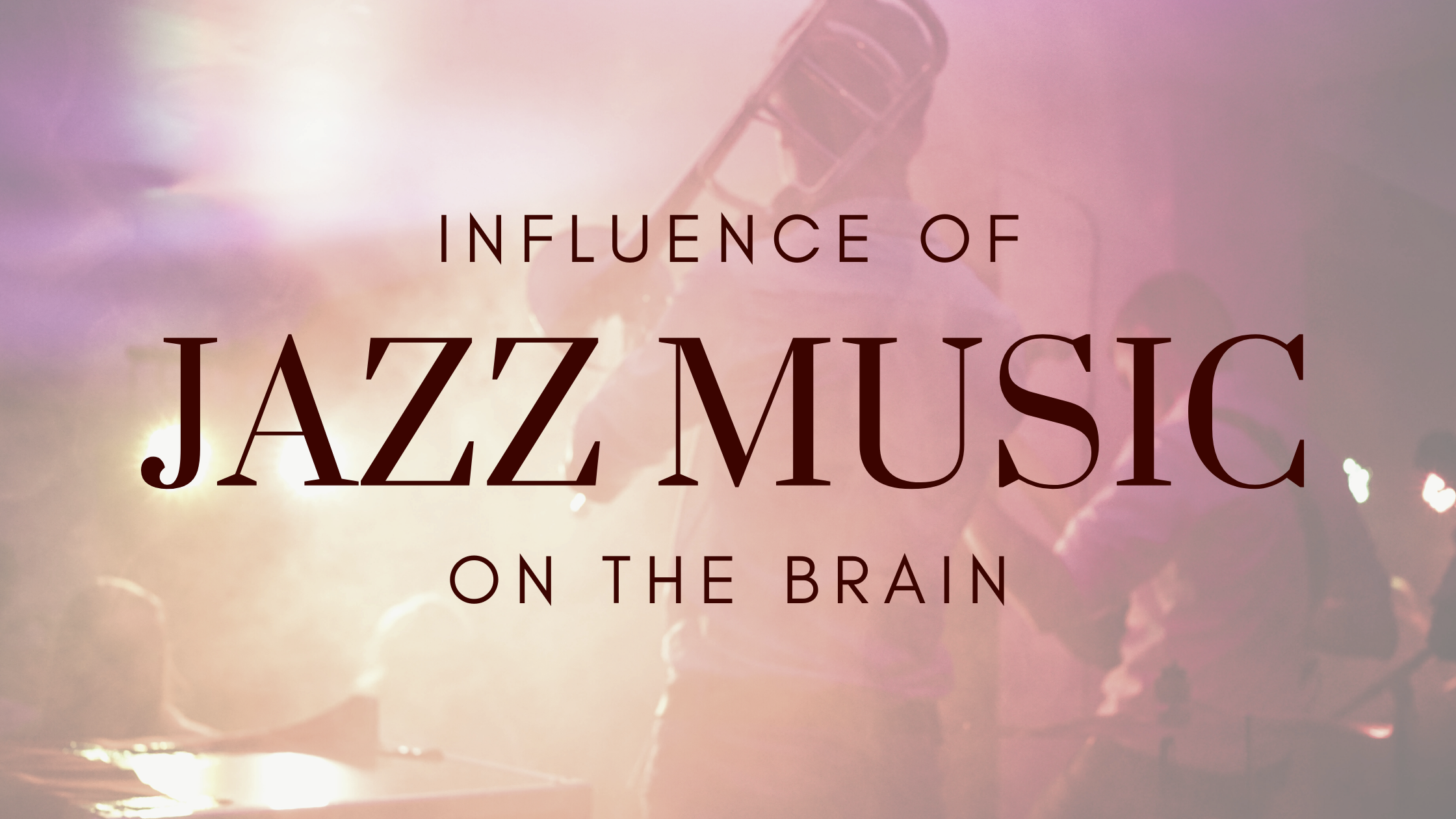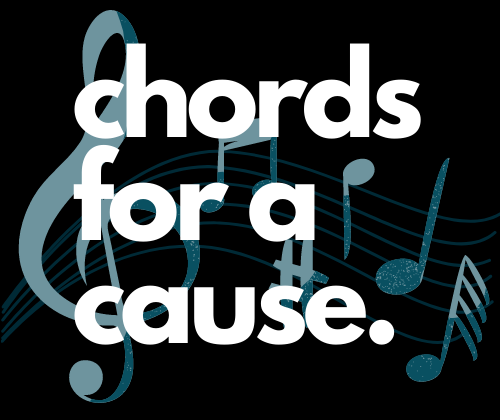The Influence of Jazz Music On The Brain


Written By Caroline Yao
Jazz washes away the dust of everyday life.
Art Blakely
To define jazz music, one must scroll through the lexicon of words associated with the sound of jazz to come up with a description of the art form. Words such as smooth, cool, nice, swinging, and jazzy describe the art form. However, because of the vague definition of its sound, there is no one true definition of the art form. Jazz is an art form that cannot be restrained. Ever since jazz music was born in the energetic city of New Orleans, it has influenced our world in many ways; ranging from the impact it has on our brain and body, to the different sub-genres born after. Jazz music is a sensation!
According to psychology experts, jazz can reduce your stress level. When you listen to jazz, the music stimulates a calming effect on your body, signalling your central nervous system to lower your respiratory rate and heart rate. Jazz also improves your verbal ability, focus, memory, and mood. Jazz activates certain brain waves that lead to better brain function. The alpha wave promotes relaxation, whereas the delta wave allows you to get a better night’s sleep. As a listener, you listen to a constant stream of multiple instruments, somehow being played in sync without as much of a connection to one another. Jazz by nature, is unconventional. The players use a huge musical vocabulary to see what might fit within their tune. And for someone hearing this type of music, recognizing those notes can be mentally demanding. But the act itself of recognizing those notes can have a beneficial effect on your brain’s development. This is also why most people often associate jazz music with people who have a higher intellect. Such people have the learning capacity to memorize the tune, exercise their creative thinking skills and use their high-speed intellect to engage with the music.
Besides its effect on the brain, jazz music has also inspired many other genres. Jazz developed further in the 20th century, mostly in African-American communities in the southern United States. Because of the popularity and energy, jazz has been absorbed by other genres as well, including pop, rock, and hip-hop. Freestyle rap, in which the singer improvises lyrics, parallels the improvisation of jazz musicians. Pop singers perform with jazz musicians as well, think of Beyonce for example. In harmony, a lot of the common chord progressions featured in jazz can be found in various styles of popular music, but R&B, blues and folk feature them especially. For example, the blues progression and the famous II-V-I (or its close relative the IV-V-I) is found in most styles and has been reinvented countless times. Some more advanced processes have also been borrowed from jazz, like chord extensions, chord substitutions and modal interchange. All these features are often portrayed in popular music and make up a lot of the material, even today. Jazz features a vast array of various rhythms. The most famous is the swing rhythm which has been adapted into popular music and also transformed into the shuffle groove, often featured in blues. This syncopated rhythm really gets things moving forward with infectious energy and brightness. Jazz also borrowed from other cultures to expand its rhythmic possibilities and popularized various latin grooves such as sambas, bossa novas, afro-cuban and others. These styles have transferred to pop, sometimes in a surprising way.
Hip hop is probably the genre that is most influenced by jazz and is arguably the most popular style at this time. First of all, the amount of samples taken from jazz is enormous. Hundreds and hundreds of rhythms and accompaniments are looped from various recordings of jazz musicians, creating a completely new music serving as a rhythmic backdrop for a text delivered by one or multiple hip hop artists. A commonality between both genres can be also drawn when you compare the improvisational aspect. Jazz musicians usually take turns improvising solos over recurring harmony and bounce ideas off one another. Melodies, rhythms and quotes are used to create spontaneous music that reflects the musician’s background, culture and artistic visions. In hip hop, you get the same phenomenon, but with language over samples and/or loops. Rappers can use words, quotes, rhythms and references to other raps in their prose to pass their message. On the spot, improvised raps are commonplace and can get quite exciting when witnessing it in person, just like a Jazz concert.
Although more often related to blues, rock has taken from jazz in multiple ways. First of all, the biggest rock acts of the 60s & 70s such as Led Zeppelin, Pink Floyd, Jimi Hendrix, Neil Young etc, all used improvisation to a large extent and often featured sections where a soloist would come up with material on the spot for an unplanned amount of time. While common chord progressions weren’t that much transferred from jazz to rock, the musicians in the latter category didn’t shy away from extending their chords with additional chord tones as Jazz musicians do. For example, chords are frequently expanded forming Maj7s, Maj 9th, 7ths, 9ths, Min7 and Min9 in many songs, something that isn’t necessarily commonplace in the other various influences of Rock.
A lot of the time, the musicians involved in a popular music artist’s entourage and team come from the jazz world. Since the style requires many skills such as sight-reading, improvising, playing complex material or playing off the cuff without large amounts of rehearsals, these musicians are well-suited for the demanding situations of the pop world. This leads to a definitive jazz flavour in music through arrangements, rhythms, solos and accompaniments.
Overall, jazz music has influences on many aspects of music and revolutionized the world in its own special way.
- Jstutler. (n.d.). The Science Side of Jazz: How it Affects the Human Brain. Retrieved August 07, 2020, from https://razzmajazz.com/2018/12/26/the-science-side-of-jazz-how-it-affects-the-human-brain/
- Jazz Harmony. (n.d.). Retrieved August 07, 2020, from https://www.apassion4jazz.net/harmony.html
- (n.d.). Retrieved August 07, 2020, from http://davidliebman.com/home/ed_articles/jazz-rhythm/

